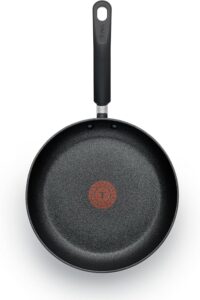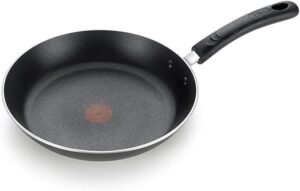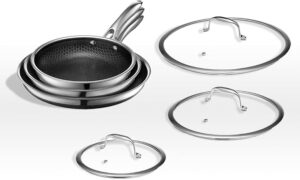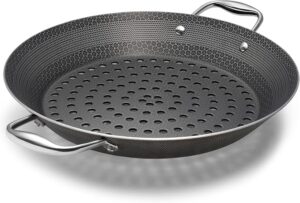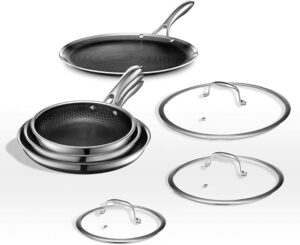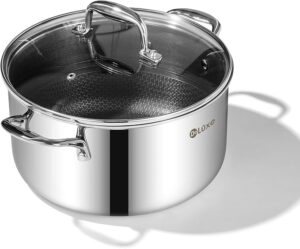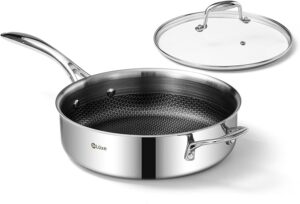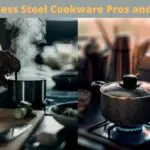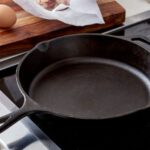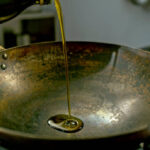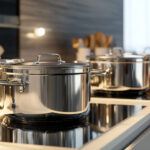9 Ceramic Cookware Pros and Cons
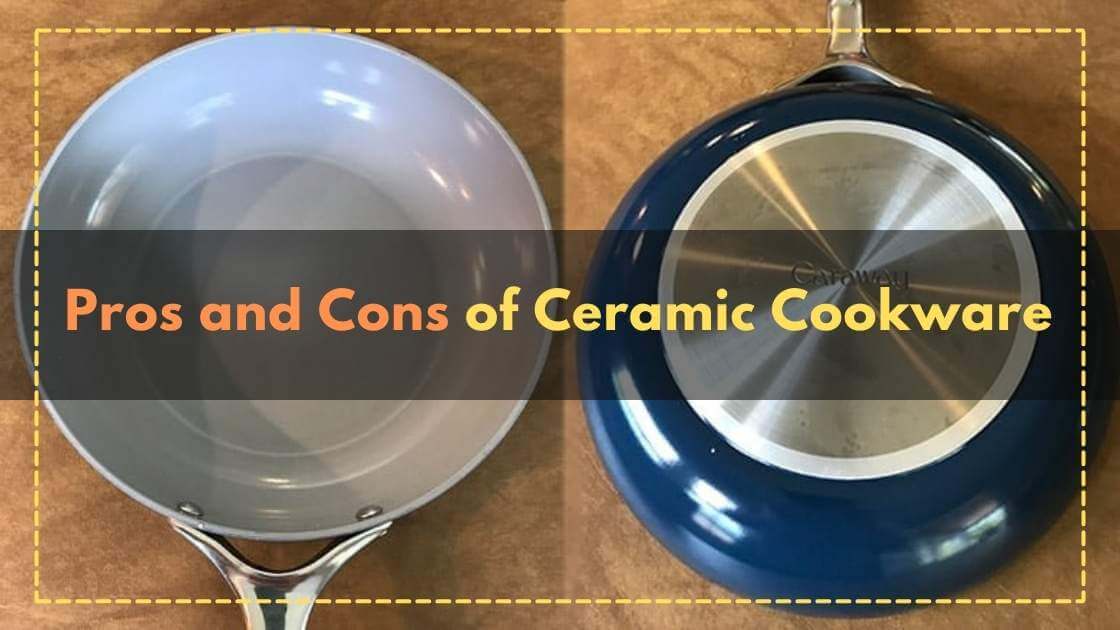
Cooking is one of the most important life skills that you can learn. Not only is it necessary for everyday life, but it’s also a great way to show your loved ones how much you care. That’s why it’s so important to use quality cookware that will make your meals taste great and keep you safe.
Ceramic cookware is a great option because it heats evenly, doesn’t corrode, and doesn’t release toxic fumes when heated. If you’re looking for a durable, eco-friendly cooking solution, ceramic cookware is definitely worth considering.
Ceramic cookware has many advantages and disadvantages. It’s important to know the pros and cons of ceramic cookware before you purchase any ceramic pots or pans for your kitchen.
In this blog post, we will explore the pros and cons of ceramic cookware so that you can make an informed decision.
Related Post: Pros and Cons of HexClad Cookware
What is ceramic cookware
There are two types of ceramic cookware:
One is 100% Ceramic and other one is Ceramic Coated Cookware.
100% is ceramic cookware is made entirely out of ceramic. The ceramic cookware is usually made from high-quality clay material, which formed into ceramic pots or pans by hand and then baked at very high temperatures to make it strong enough for cooking purposes.
Ceramic coated cookware usually consists of a bottom layer of Aluminum with a coatings of ceramic layer. The ceramic coating is made from ceramic glaze.
Difference between 100% Ceramic and Ceramic Coated Cookware
The difference between 100% ceramic and ceramic coated cookware is that ceramic coated cookware is made from ceramic glaze, which will peel off after some time of use.
The ceramic coating does not affect the quality and functionality of ceramic cookware. It can be used for cooking just like 100% ceramic pots or pans even though it may wear out over time.
100% ceramic pots or pans are made from clay material such as porcelain can be used for both cooking and serving food.
Ceramic pots or ceramic pans can be used to make a variety of dishes including stews, pasta sauces, soups, rice dishes and more.
They are also safe to use in the oven at temperatures up to 500 degrees Fahrenheit (260 degrees Celsius).
On the other hand ceramic coated cookware is usually used for cooking but ceramic coated cookware can not be used in the oven.
Pros of ceramic cookware
Ceramic has several benefits that make it an attractive option when you’re searching for new cookware:
Even heating : Ceramic is well-known to heat evenly, which means food won’t burn on the surface or be undercooked inside.
Non-reactivity : ceramic cookware is non-reactive, which means it won’t alter the taste or nutritional value of your meals like some metals can do.
Ease of cleaning : ceramic pots and pans are easy to clean because they’re scratch resistant and don’t absorb odors from food.
Eco-friendly : ceramic is a natural material that doesn’t release harmful toxins when heated like some other materials do, making it eco-friendly. If you’re looking for eco-friendly cooking solution, ceramic cookware should be on the top of your list.
Non-stick: Because of non stick surface ceramic cookware doesn’t need any extra oils or fats to prevent sticking, which can save you time and calories. Non stick surface also prevents food from burning, making ceramic cookware a great option for busy people who don’t want to spend hours scrubbing burnt food from their pots and pans.
Free from toxic: Ceramic cookware is free from toxic chemicals like PFOA and PTFE, which is great news for people who are worried about their health.
Colorful: ceramic cookware is available in a variety of colors and designs to suit your kitchen and the style of your home.
There are a variety of colors to pick from, such as yellow, sky blue, red, and so on. This will be ideal for individuals who desire to add elegance to their kitchen.
Cons of ceramic cookware
While ceramic has many benefits, it does have a few drawbacks:
Fragility : Ceramic cookware is fragile and can break if dropped or mishandled.
Durability: Ceramic coating will wear off with time and ceramic cookware is not as durable as metal cookware.
In general, how much you use it and how well you maintain it will determine the lifespan of your ceramic cookware. We recommend you follow the manufacturer’s instructions when it comes to maintenance.
Read More:
Conclusion
Ceramic cookware is a great option for those who are looking for an eco-friendly, durable cooking solution. With even heating and non-reactivity, ceramic cookware is perfect for anyone who wants to create healthy, delicious meals without worrying about the safety or quality of their cookware.
Ceramic cookware is a great option because it heats evenly, doesn’t corrode, and doesn’t release toxic fumes when heated.
If you need ceramic cookware that can go from stovetop to oven, consider a ceramic-coated set instead.
With even heating and non-reactivity, you can’t go wrong with ceramic pots or pans. Consider ceramic cookware for your next cooking endeavor.
Ceramic cookware has many benefits that make it an attractive option when you’re searching for new cookware. While it does have a few drawbacks, ceramic is a great choice for anyone who wants healthy, delicious and eco-friendly meals.
FAQs
How ceramic cookware is made?
Ceramic pots and pans are made from clay material such as porcelain or stoneware, but they will be fired at high temperatures (about 2700 degrees Fahrenheit) that makes ceramic product durable.
How long does it take for ceramic cookware to heat up?
It takes ceramic cookware a couple of minutes to heat up.
Is ceramic cookware safe?
Ceramic is free from toxic chemicals like PFOA and PTFE, but you still need to be careful as ceramic pot or pan can break if it’s dropped on the floor and will shatter into sharp pieces.
How much does ceramic pots cost?
The ceramic pots and pans can cost from $20 to more than $200, depending on the brand.
How long should I heat my Ceramic Cookware?
The best way to find out how well your ceramic pots are working is to test them. In ceramic cookware, heating time depends on the type of ceramic you have and also it can depend on how well your ceramic pot was made.
There are a few ceramic brands that will tell you when your ceramic product is heated through but sometimes they might be wrong so don’t trust in their instruction too much.
Can I use metal utensils on ceramic cookware?
You can use metal utensils with ceramic pots and pans, but you have to be careful not to scratch the surface. If you do end up scratching the surface, your ceramic cookware will lose its non-stick properties.
Related Posts:

